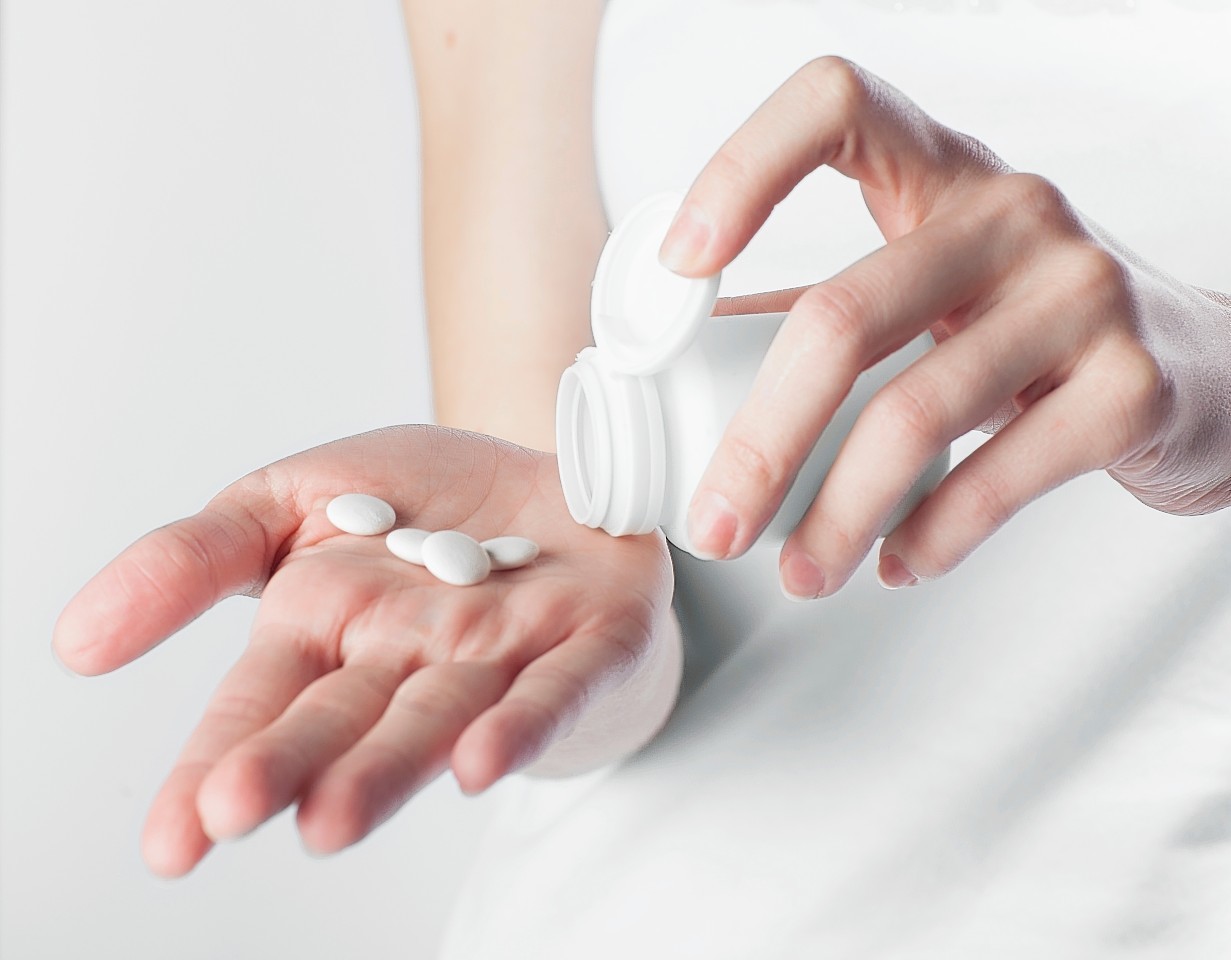The number of children using anti-depressants in the north-east has rocketed in recent years.
New figures reveal that prescriptions for under-18s in Grampian has soared since 2012, with almost 1,100 receiving medication in 2016 – some as young as five.
Health chiefs have stressed that the jump can be attributed to an increase in population, and have also stressed anti-depressants can be used for a range of conditions, including bed-wetting and anxiety.
Highland children as young as 11 being prescribed anti-depressants
Among under-18 girls, there were 711 prescriptions handed out in the most recently available year of 2016, compared to 489 in 2012 – a surge of about 45%.
And among boys the same age, numbers rose from 234 to 384 – about 38%.
A senior north-east GP said the drugs will only be prescribed if they are in the “best interest” of the patient – but warned more needs to be done to offer support to those with mental health problems.
Dr Alasdair Forbes, deputy chairman of policy for the Royal College of General Practitioners Scotland (RCGP), is a partner at Scotstown Medical Centre in Bridge of Don.
He said: “In a lot of cases, GPs will refer young patients presenting with mental health problems to specialists, however all too often across the country the provision of these services are patchy and as GPs we must do our best to meet our patients’ needs.
“As with most aspects of healthcare, there are many areas that need to be improved to ensure more streamlined care can be delivered to patients with mental health problems including improvements to the interface between primary and secondary care to ensure that a patients’ journey is as smooth as possible and they get access to the care and treatment they require.
“It is also clear that in cases where patients are presenting with mental distress, whether they are young people or adults, 10-minute consultations are simply unfit for purpose.”
According to the figures, obtained through freedom of information legislation, there were at least 288 prescriptions issued to under 13s over the four-year period, including to at least eight children five or under.
The highest number of prescriptions each year were given to those in their late teens, with 293 issued to 17-year-old girls in 2016 alone.
Earlier this year, Professor David Healy, an expert in psychiatric medication, questioned whether teenagers should be given these types of meds when clinical trial results had been poor.
Last night, North East Labour MSP Lewis Macdonald said the figures were “very concerning” and re-affirmed fears over growing mental health problems among youngsters,
“GPs need more support but so do young people,” he said.
“There’s not enough access to in-patient and out-patient care and that needs to be changed.
“We need to take action now before it becomes a problem which spirals out of control.”
Kirsty Blackman, Aberdeen North SNP MP, said it was vital mental health treatment was not stigmatised.
“The most important message for young people is to speak to someone if you are experiencing mental health issues, and go to your doctor to work out the best treatment for what you are going through,” she added.
NHS Grampian has said that guidelines published in 2015 support the use of medication alongside psychological treatment.
A spokeswoman said: “It is worth noting the population of the region has grown over the last few years and referral to CAMHS (Child and Adolescent Mental Health Services) have increased year on year over the last five years.
“It is also worth noting that antidepressants are not always prescribed for depression. They can be prescribed for the relief of a range of conditions, including nocturnal enuresis (bed-wetting), neuropathic pain, severe anxiety and
OCD (obsessive compulsive disorder).”










